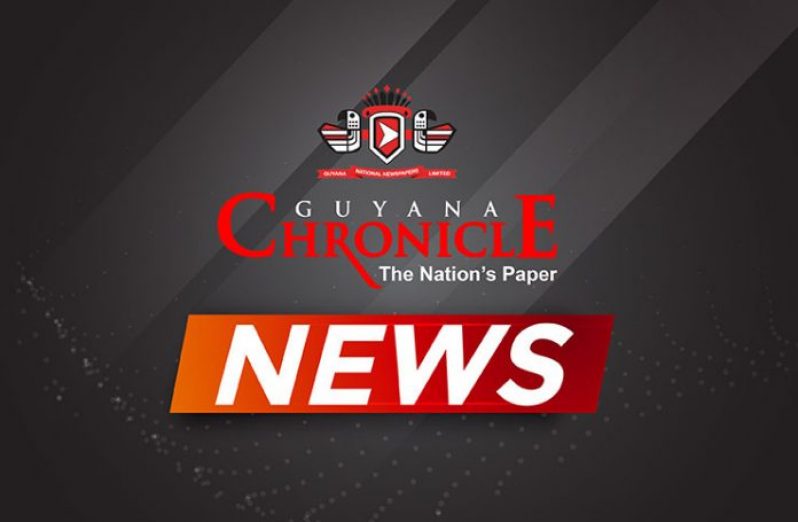GUYANA’s energy sector is in a better position to foster development as 2019 has shown massive gains, particularly in renewable energy, with the expenditure of $8 Billion.
According to the Ministry of Finance’s End-of-Year report, key advancements in the energy sector included the construction, testing and commissioning of the 20kw hydropower plant at Hosororo, in Region 1. Concerning solar energy, all administrative regions saw the installation of 462 stand-alone solar street lamps. This has immensely improved the living standards in communities that had few street lights in former years.
Further, selected schools in Regions 2,3,4,9,10 benefitted from significant upgrades to their solar photovoltaic systems that offer electricity, particularly in off-grid locations. These institutions are the Dredge Creek and Hackney Primary Schools – Region 2; La Parfaite Harmonie Primary School – Region 3; President’s College Dormitory and Long Creek Primary School – Region 4; St. Ignatius Primary – Region 9 and No. 58 Mile Primary School – Region 10.
For government buildings, 2,145 megawatt-hours of electricity were produced by solar PV panels installed at 80 locations. Resources were also directed to hinterland communities to sustain and enhance the livelihood of Guyanese through electricity expansion. The Ministry of Public Infrastructure, through the Hinterland Electricity Company Incorporated (HECI) spent $128Million on the installation, upgrade and extension of distribution networks in Orealla, Siparuta, Port Kaituma and Moco.
The end-of-year report cited the critical rehabilitation of two generators in Port Kaituma that have now reduced electricity woes in the Region 1 township. On the coastland, there were upgrades of 33km medium and low voltage distribution networks in Regions 4 and 5. The report noted these improvements were completed with an investment of $3.5Billion. The Guyana Power and Light Incorporated (GPL) has further developed its capacity to effectively monitor customers’ electricity usage with installation of 6,644 smart meters. These were installed across 43 communities in Regions 3, 4 and 5.



.jpg)











